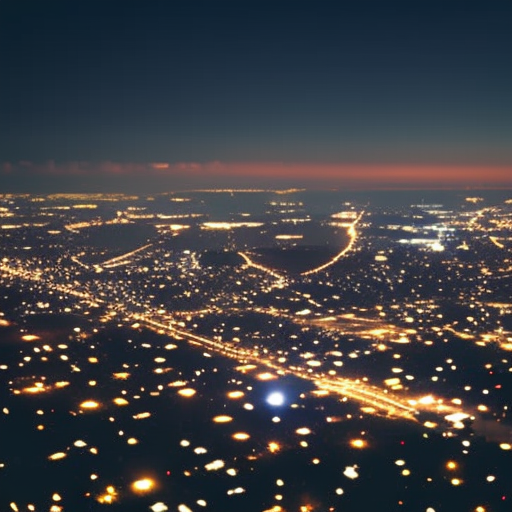Drones: A Comprehensive Summary
Drones, also known as unmanned aerial vehicles (UAVs), are aircraft that operate without a human pilot on board. They can be remotely controlled or fly autonomously using pre-programmed flight plans. Drones have gained significant popularity in recent years due to their versatility and wide range of applications.
Types of Drones
There are various types of drones, each designed for specific purposes. Consumer drones are the most common and are used for recreational purposes, aerial photography, and videography. Commercial drones are used in industries such as agriculture, construction, and delivery services. Military drones, also known as unmanned combat aerial vehicles (UCAVs), are used for surveillance, reconnaissance, and combat operations.
Components and Features
Drones consist of several key components, including the frame, motors, propellers, flight controller, sensors, and a power source. They are equipped with cameras, GPS systems, and other sensors to gather data and provide real-time feedback. Many drones also have obstacle avoidance systems, allowing them to navigate safely in complex environments.
Applications
Drones have a wide range of applications across various industries. In agriculture, drones are used for crop monitoring, spraying pesticides, and mapping fields. In construction, they are used for surveying, inspecting structures, and monitoring construction sites. Drones are also used for search and rescue operations, disaster management, and environmental monitoring. In the entertainment industry, drones are used for aerial photography and filming.
Challenges and Regulations
The increasing use of drones has raised concerns regarding safety, privacy, and security. To address these concerns, regulations have been implemented in many countries. These regulations include restrictions on flying drones near airports, government buildings, and crowded areas. Drone operators are required to obtain licenses and follow specific guidelines to ensure safe and responsible drone usage.
Future Developments
The drone industry is constantly evolving, with ongoing advancements in technology. One area of development is the use of artificial intelligence (AI) and machine learning algorithms to enhance drone capabilities. This includes autonomous flight, object recognition, and intelligent navigation. Another area of focus is the development of delivery drones, which have the potential to revolutionize the logistics industry by enabling faster and more efficient delivery of goods.
Benefits and Limitations
Drones offer numerous benefits, including cost savings, increased efficiency, and improved safety in various industries. They can access hard-to-reach areas, collect data quickly, and perform tasks that would otherwise be time-consuming or dangerous for humans. However, drones also have limitations, such as limited battery life, susceptibility to weather conditions, and the need for skilled operators.
Conclusion
Drones have become an integral part of many industries, offering a wide range of applications and benefits. From aerial photography to agriculture and delivery services, drones have the potential to transform various sectors. However, it is essential to address the challenges and regulations associated with drone usage to ensure safe and responsible operations. With ongoing advancements in technology, the future of drones looks promising, with even more innovative applications and capabilities on the horizon.












